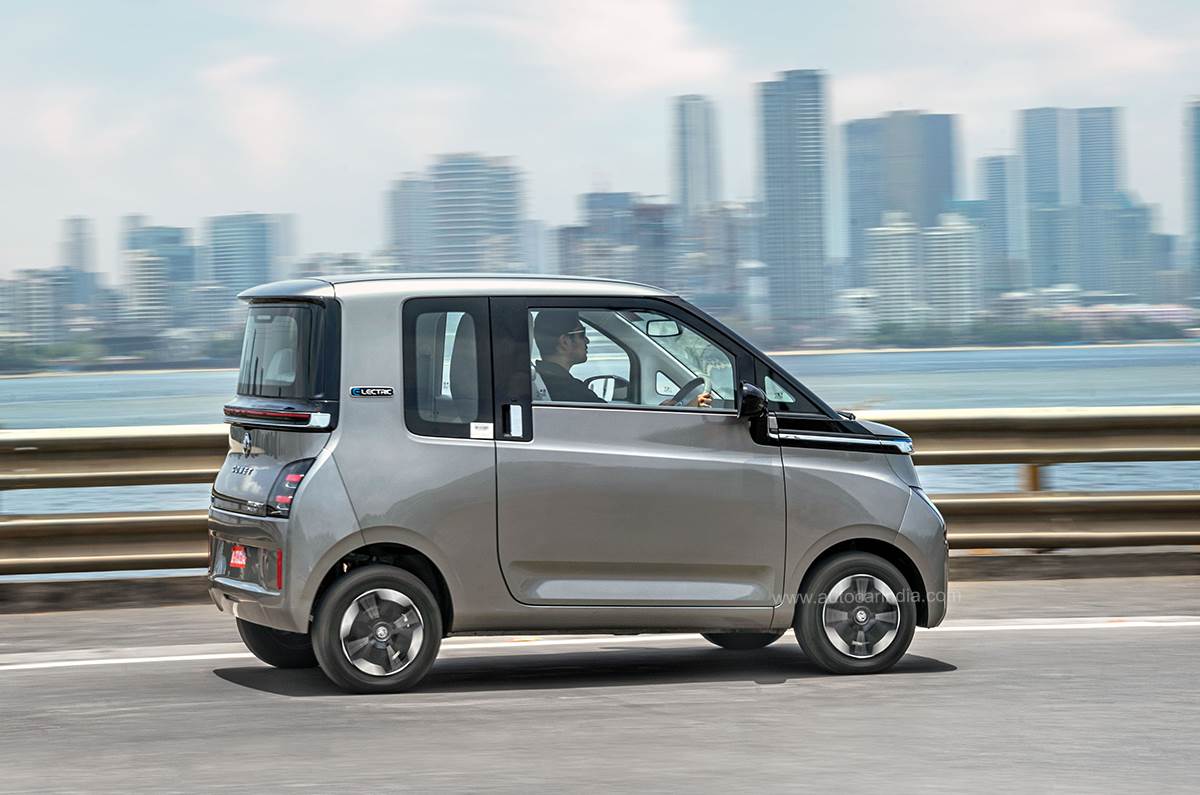- Introduction
- Design and engineering
- Interiors
- Equipment
- Performance
- Range and charging
- Ride and handling
- Verdict
- Tech Specs
MG Comet review, road test
Can MG’s mould-breaking EV redefine the concept of an urban hatchback? We put it through our instrumented tests to find out.
Published on Jul 19, 2023 08:00:00 AM
50,302 Views
The MG Comet’s 17.3kWh lithium ferrous phosphate battery is placed beneath the front seats, the motor controller is up front, and the 42hp/110Nm electric motor sits at the rear and drives the rear wheels.
While specs on paper aren’t exciting to begin with, factor in the motor’s instantaneous responses and its scant 817kg kerb weight, and there’s adequate performance for daily duties. The Comet has enough pep to keep up with flowing traffic and it’ll even get to speeds of 60kph without breaking a sweat. Performance in Eco mode is relatively dull and acceleration is measured, but for an errand or a typical short-distance commute, torque feels sufficient. Of course, Normal and Sport modes will do a better and quicker job when you’re in a hurry or need to dart in and out of gaps in traffic. Interestingly, while Eco feels the dullest, acceleration in Normal and Sports feels quite similar.

For reference, the Comet accelerates from 0-60kph in 7.6 seconds and 7.8 seconds in Sport and Normal modes, respectively, while it takes 9.02 seconds in Eco mode. Post 60kph, acceleration significantly flattens in all modes, and it builds speed much slower. In its quickest setting, the Comet hits 100kph in 23.87 seconds; in Normal mode, it’ll do the same in 24.93 seconds, and in Eco, its top speed is limited to 81kph. To put its numbers into perspective, a Tata Tiago EV is quicker from 0-60kph by 2 seconds, and it’ll out-drag the Comet to 100kph by almost 9.5 seconds.
Refinement isn’t its strong suit either. And when tyre noise doesn’t filter through, you will hear the motor inside the cabin. Thankfully, rather than sounding buzzy or whiny, it emits a pleasant, almost musical tone akin to the fake tones played through the speakers in some luxury EVs. Uniquely, the instrument cluster also displays motor speed, with revs maxing at 7,600rpm at a top speed of 101kph.
There are three levels of regenerative braking too, with the middle setting feeling the most natural and the highest being the most aggressive. You can bring the car down to a crawl in the highest setting, however, it doesn’t come to a complete stop without pressing the brake pedal, so one-pedal driving isn’t possible.
Related Images
Related Videos
Copyright (c) Autocar India. All rights reserved.


